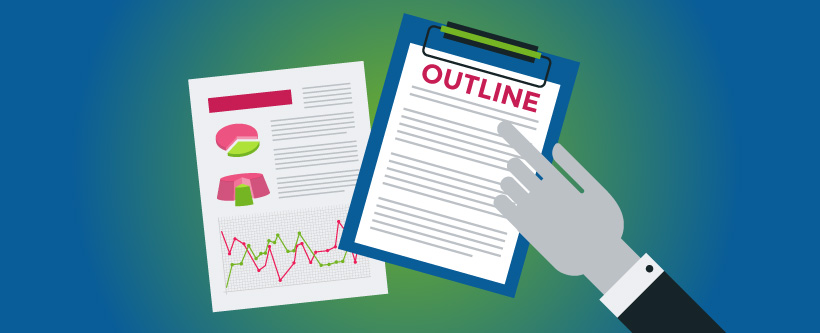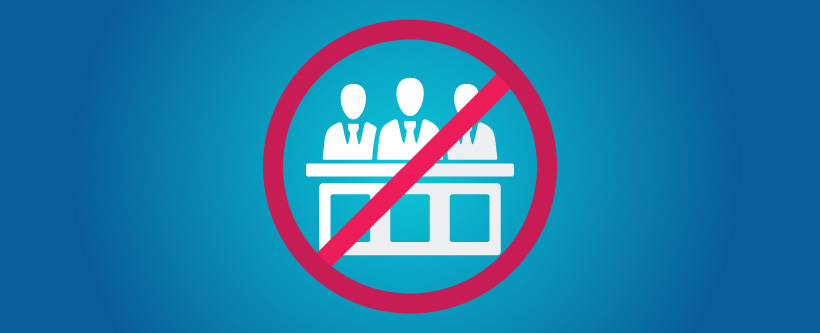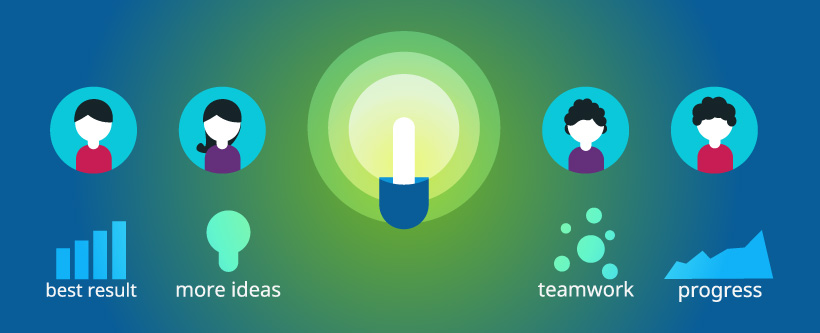What’s one thing that line cooks, writers and studio executives have in common? They’ve all been in the weeds before, and seen colleagues in the weeds. Some know how to get out better than others do. But they all know the feeling.
The weeds, for creative professionals, are that place you get to when a project has progressed beyond the point of no return, taken on new shapes, received 25 pages of notes, and dragged on so much longer than you thought it would… till you can’t imagine how to get back on track with it, or what that would even look like. There is no telling when this ends. A lot of people give up on projects simply because in the midst of this particular type of burnout, finishing the thing seems inconceivable.
And yet, you can definitely finish! In fact, if other people are expecting you to, you need to course-correct toward that distant finish line as fast as possible. This is not usually a thing that’s achieved by further perseveration, but instead by employing certain mental tricks that break the existing pattern and give new perspective. Here’s a collection of the best ones.
Tips for Getting Through Creative Burnout
Refer to the outline

This bit of advice comes from seasoned business and tech marketing writer Erik Sherman, who was the first of our Niche Freelancer Q+A experts. Erik has written 10 books — one in just four weeks.
Specifically, for those who are writing lengthy documents, an outline can help navigate focus topics as handily as a map gets you to a physical address. “Strong, extensive and thorough outlines can provide the breadcrumbs you need to keep following the trail,” he says.
Having a strong outline can also allow you to jump out of one section that’s bogged you down and work from a different point, marking on the outline the section you need to return and finish.
While not all projects have an outline, they usually have a project brief and often a style manual as well. A lot of creatives don’t love to peruse briefs, but the information organized within them can remind you what exactly you’re supposed to be doing, and for whom, if you’ve lost sight of it.
Write the thing
Jane Smiley said, “All the first draft has to do is exist.” Hemingway advised wordsmiths to write drunk, edit sober. Some writing coaches advise students to “write ugly.”
All this wisdom boils down to one key point, which is, putting that first draft onto a page is the hardest step. Whether it’s words, graphic ideas, a first cut of a video, or a chaotic mood board sourced entirely from Instagram — that is the crucial beginning. All of the revisions and notes and fine-tuning can’t exist until someone bangs out that first ugly version.
If you’re the person tasked with doing V1, focus not on the notes and criticism it will probably get from colleagues, but on the fact that you’re creating something new, and everyone else will be building on your work.
Do not take it to committee

In 1944, the U.S. government agency that would later become the CIA published a manual entitled “Simple Sabotage” — tactics for undermining productivity in workforces that were not U.S.-allied. One simple but timeless way to derail progress?
“When possible, refer all matters to committees, for ‘further study and consideration.’ Attempt to make the committees as large and bureaucratic as possible.” On the next page, the manual says, “Insist on perfect work in relatively unimportant products.”
Next time you’ve gone through two meetings to finalize a minor deliverable, remember the words above, and think: How can you effect the opposite, for the good of your company?
If you and your colleagues have, with the very best intentions, just spent 100 collective hours worrying about next Tuesday’s social content copy, the best action in the might be to send the latest version off — not to publish, but to be reviewed by legal (the only department where nitpicking over one letter may save $50,000 dollars), and calendar it.
Your pain point might be someone else’s special Jedi skill
Yes, in the previous point we were just discussing the downside of analysis paralysis in the workplace, but that’s not the same thing as sharing strengths.
Some people can’t write a word before they have a killer title. Some can come up with killer titles and clever captions all day long, but can’t remember the myriad of things that legal is going to flag. Copywriters are, almost without fail, not graphic designers.
While freelancers, contractors and WFH staff often feel like they are occupying a tiny satellite, modern communication channels like Slack and BaseCamp facilitate remote teamwork — specifically, handing little tasks off to others. If you’ve spent hours sweating over something that isn’t coming together for you, one simple message to a colleague might connect the dots.
Not coming up with intellectual gems? Crowdsource the brainstorm!

The general wisdom says that social media is the biggest productivity-killer of the modern age. However, few writers, photographers, designers, producers or other creative thinkers have gone their entire career — or three recent months of it — without enlisting the “hive mind” of social media in a brainstorm. Private, niche-specific Facebook or Slack groups often prove more efficient than going through personal channels or mass-email calls for suggestions.
If you can focus enough to post your query/thought starter in fertile ground, then go away and come back an hour later specifically to engage with good responses, you’ll be able to hack the formerly time-consuming process of casting out feelers. The challenge is not getting sidetracked.
- For Instagram advice: Instagram Marketing Mastermind
- For writers and journalists: UPOD
- For women in tech: TechLadies(R)
Your emails do not have to be masterpieces
It’s easy to misunderstand someone’s tone in an email. People who are too direct are seen as critical or bossy. But if you sprinkle too many ameliorating words like “sorry” or “just” throughout, career experts say you look less confident. Oh, and if you use emoji in email, you’ll be perceived as incompetent or unintelligent, say the researchers of the Social Psychological and Personality Science journal.
No wonder that so many remote workers fall into fearful thought spirals that their words and intentions are being misunderstood. According to the experts, they are, no matter what approach you take.
Rather than spending half the day agonizing about this, remember a couple key things:
- Most people hate work emails in general, and only want to receive less of them.
- Your emails were good enough to get you hired, so if you stay with the original tone that got the gig, you should be fine.
Walk away from toxic partnerships

If you find yourself worrying more about what your business partner is saying/doing than the work itself, the ONLY solution is to extricate yourself from the partnership. This is not just smart; it’s survival.
The person who gave me this advice was my attorney. And yes, it can be extremely difficult — creative collaborations being the least of the worries. If there are existing deals tied to the partnership, or other people providing services to the partnership, its dissolution may require unpleasant negotiation, complete with attorneys and accountants. The longer you stay in it, though, the more difficult those negotiations will be — and the more projects either encumbered or derailed because they were conceived in a toxic partnership.



